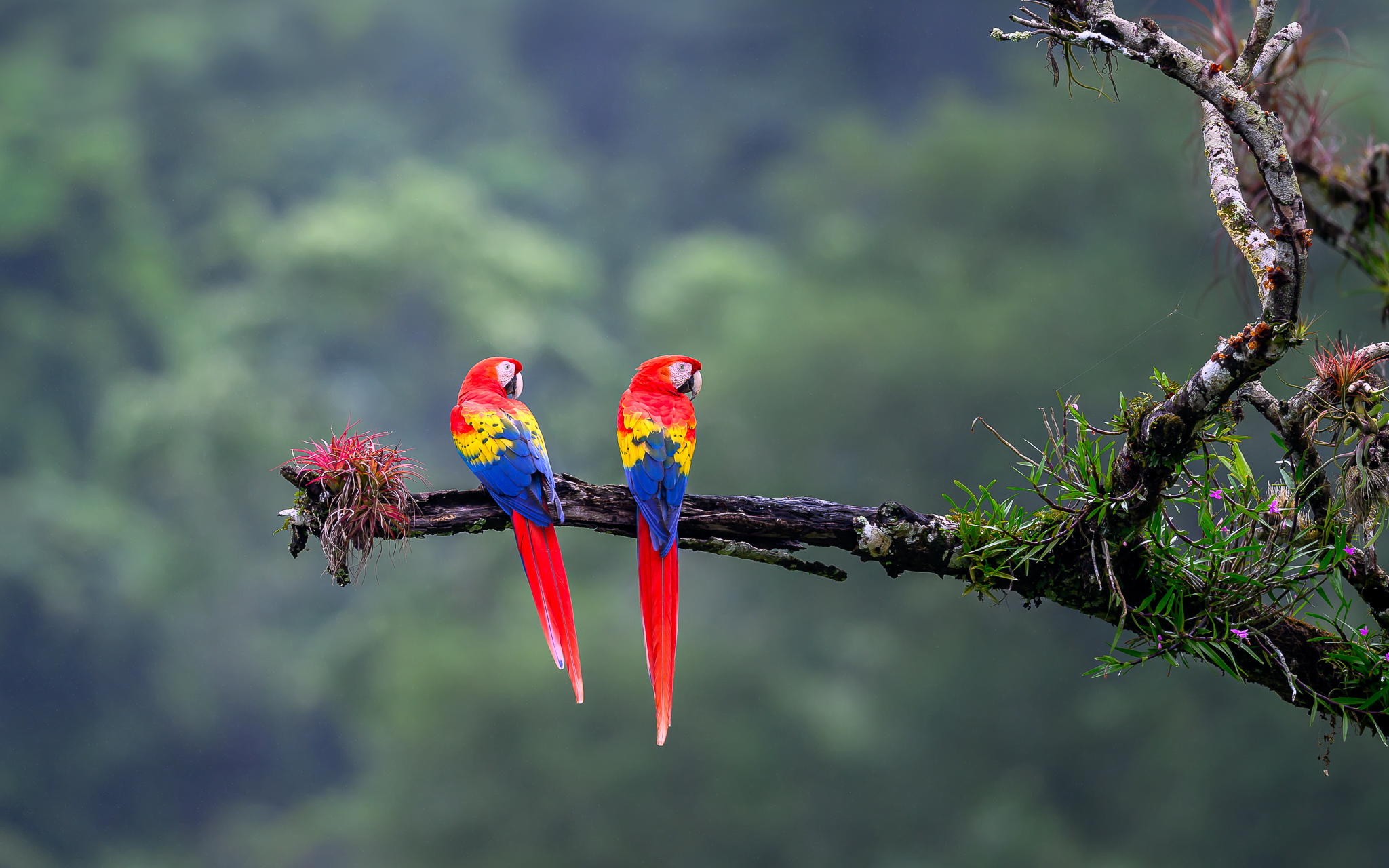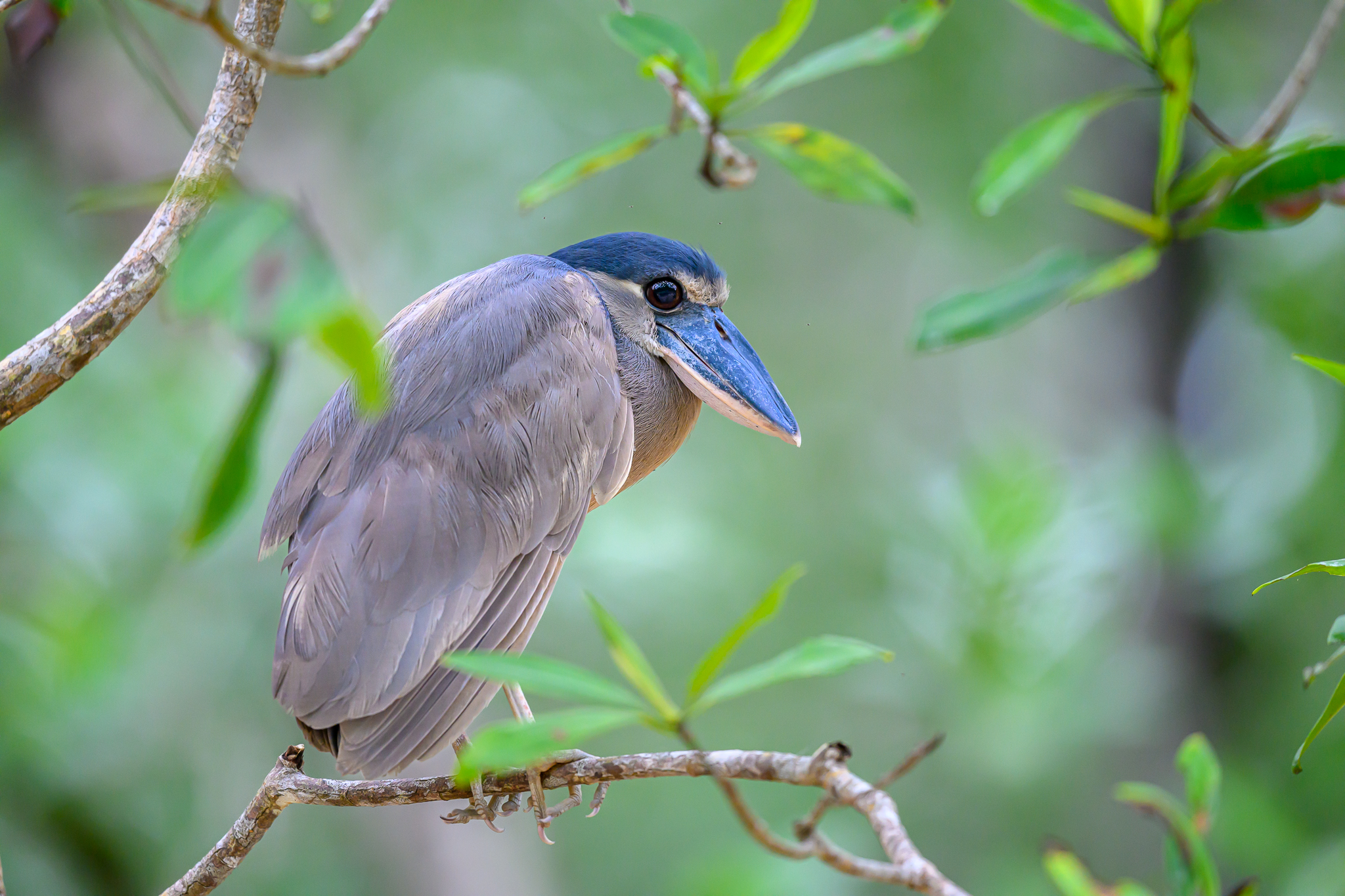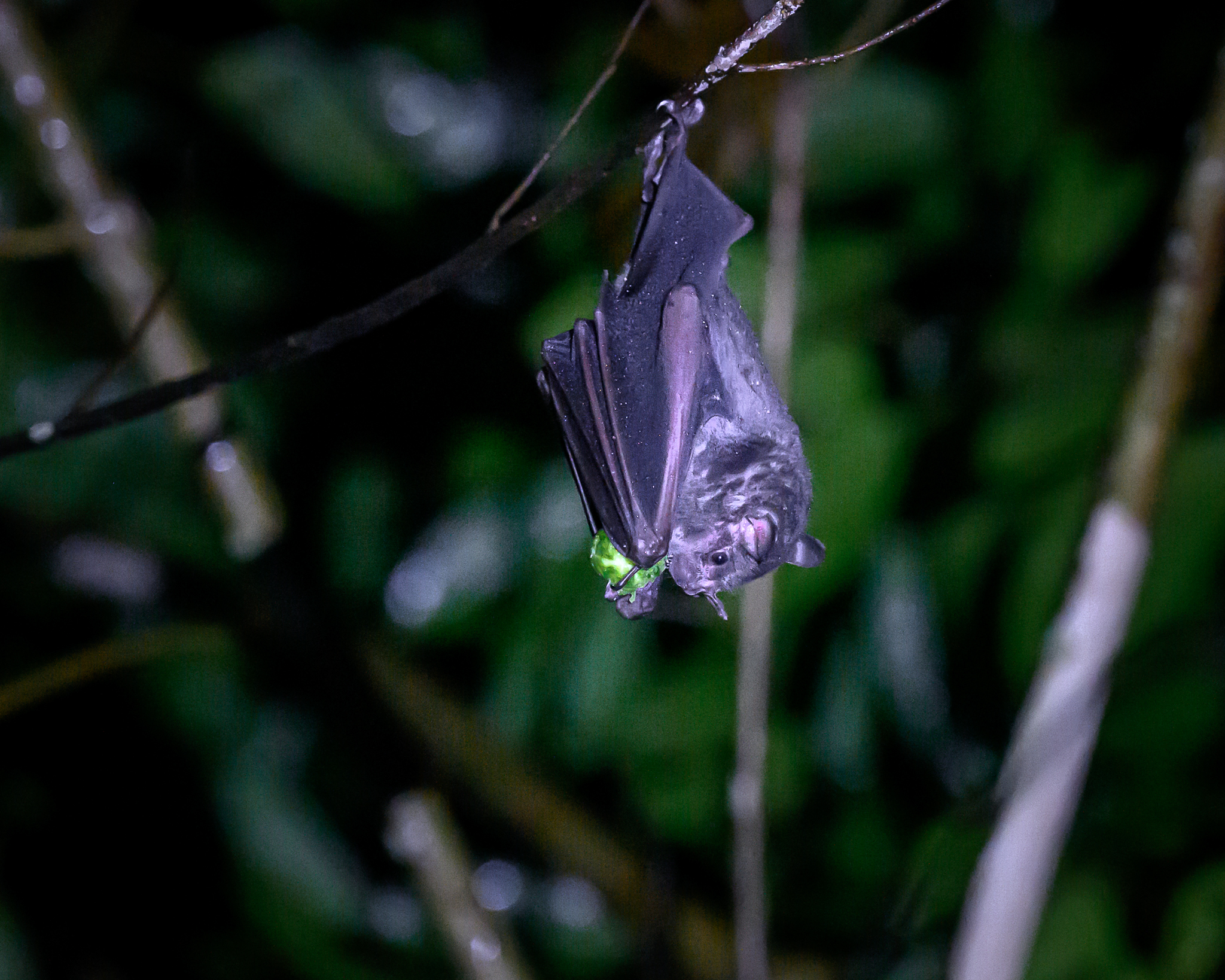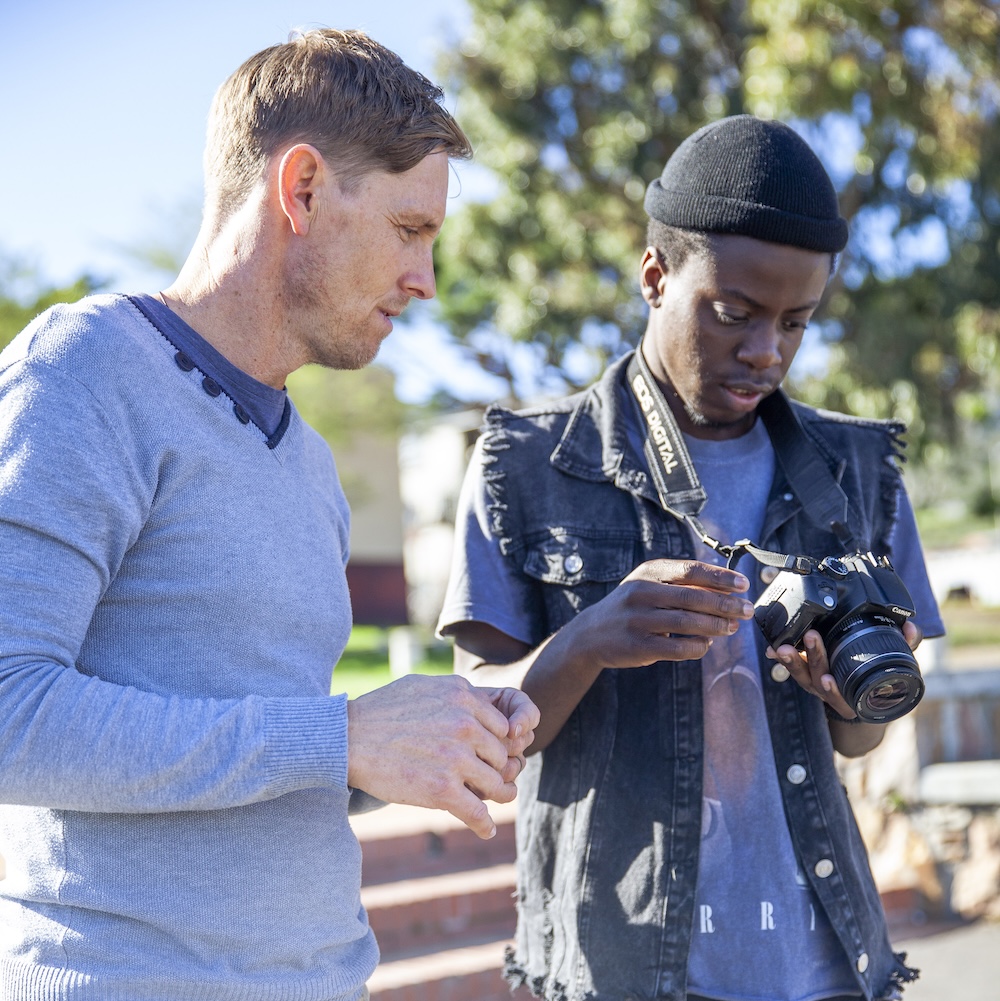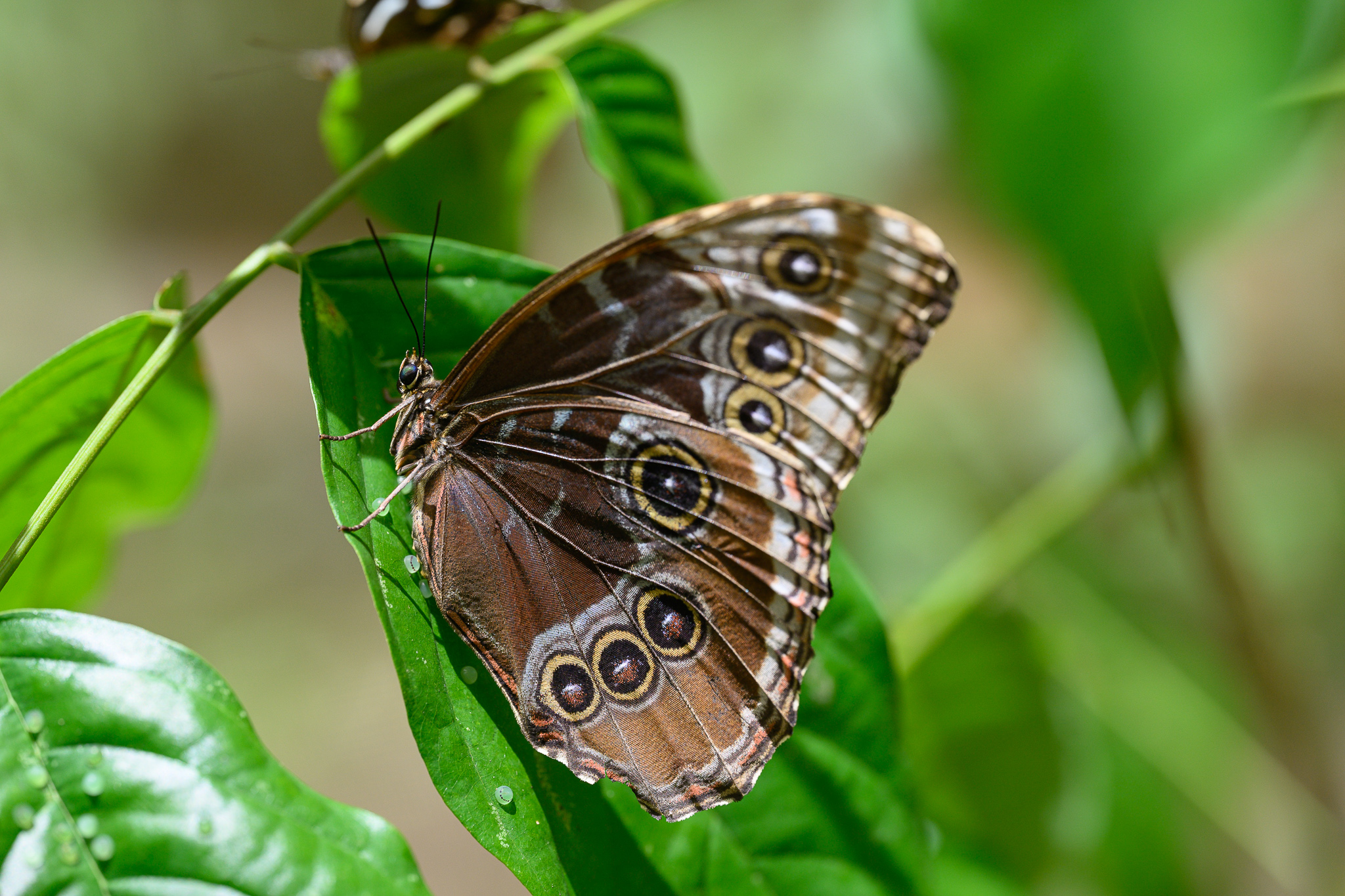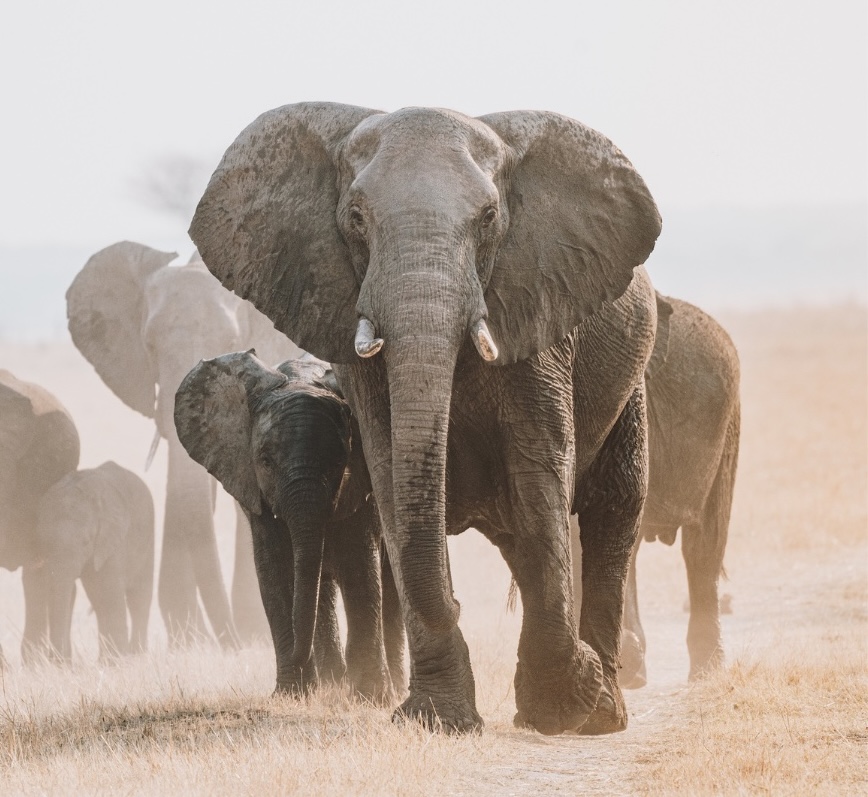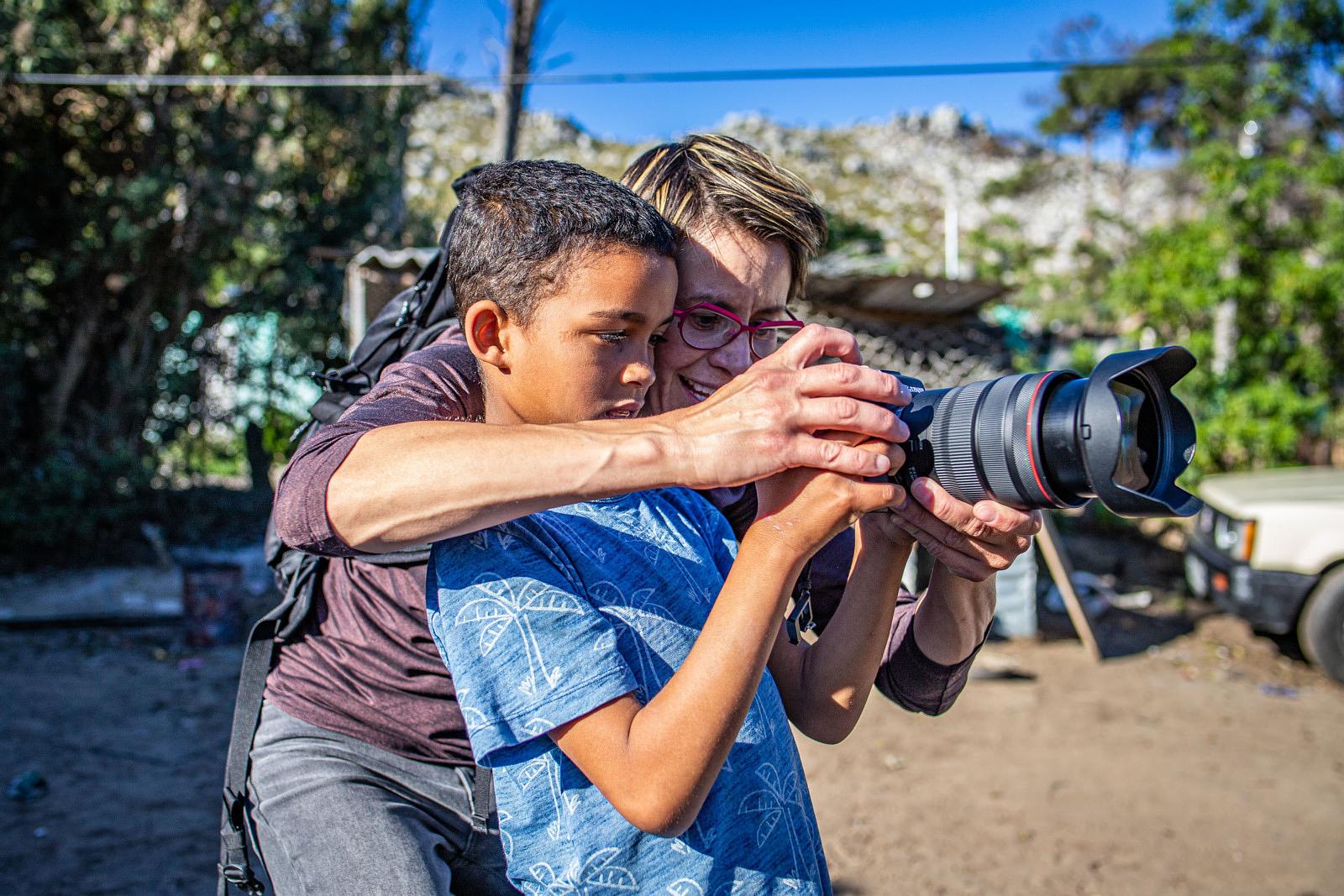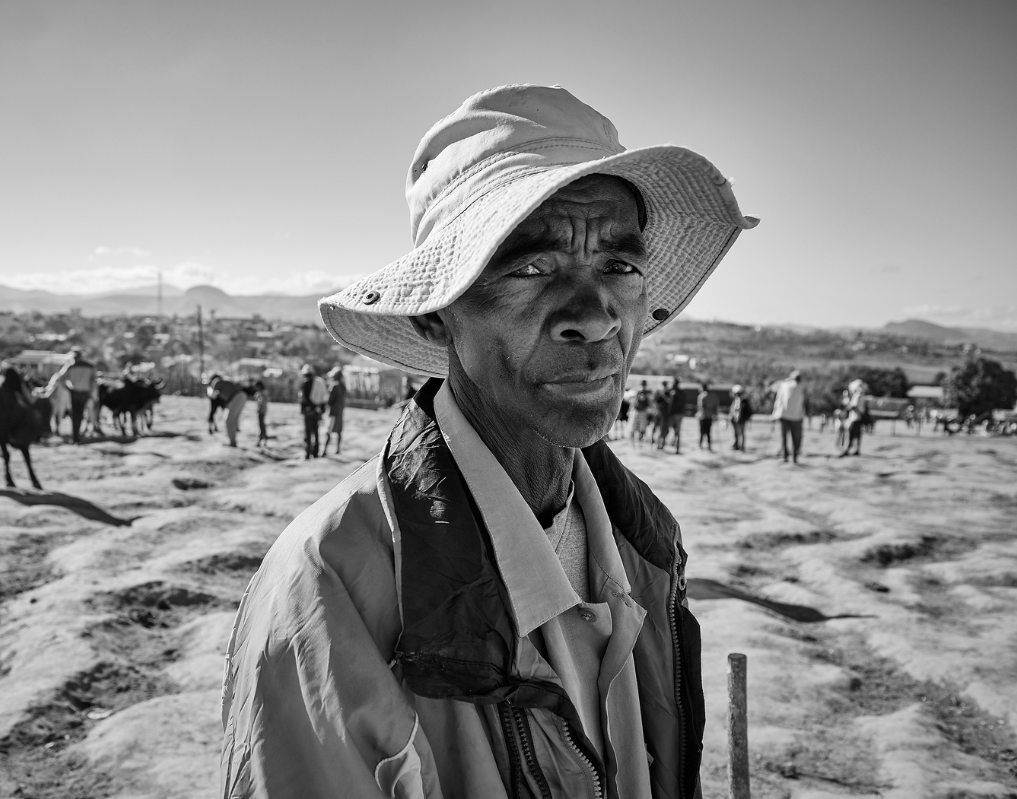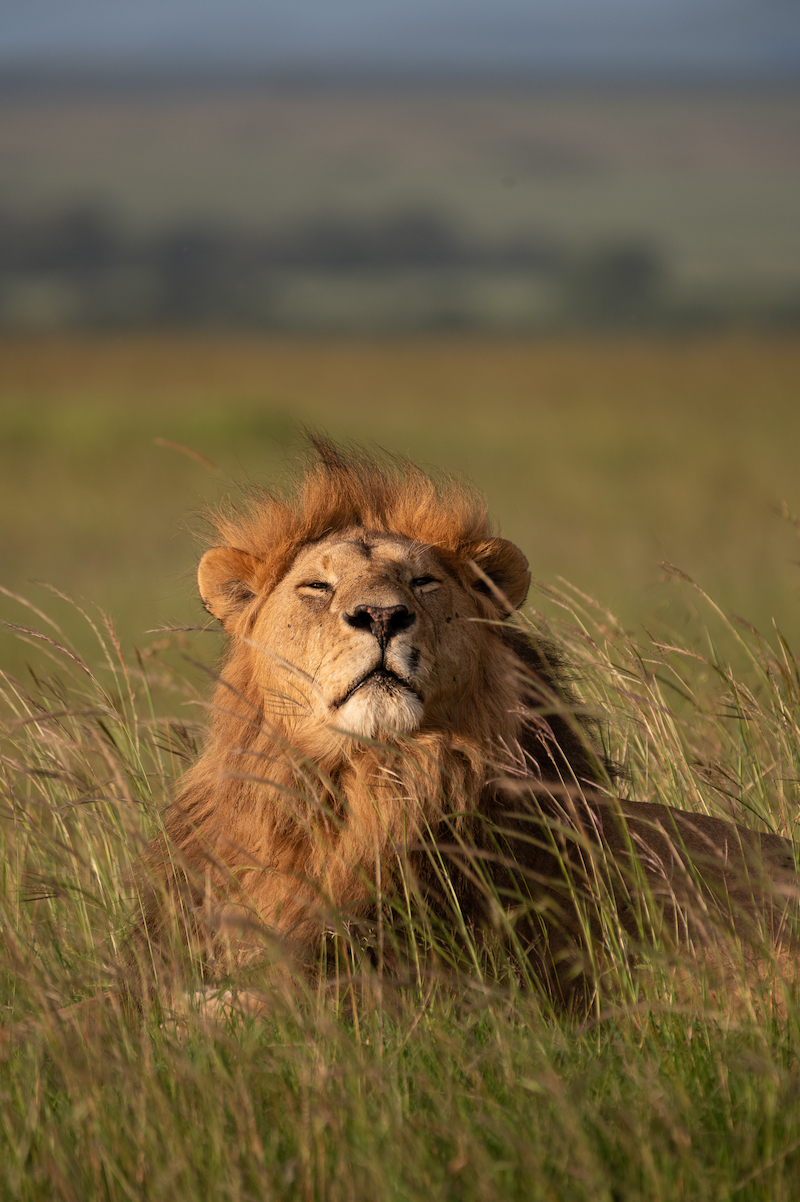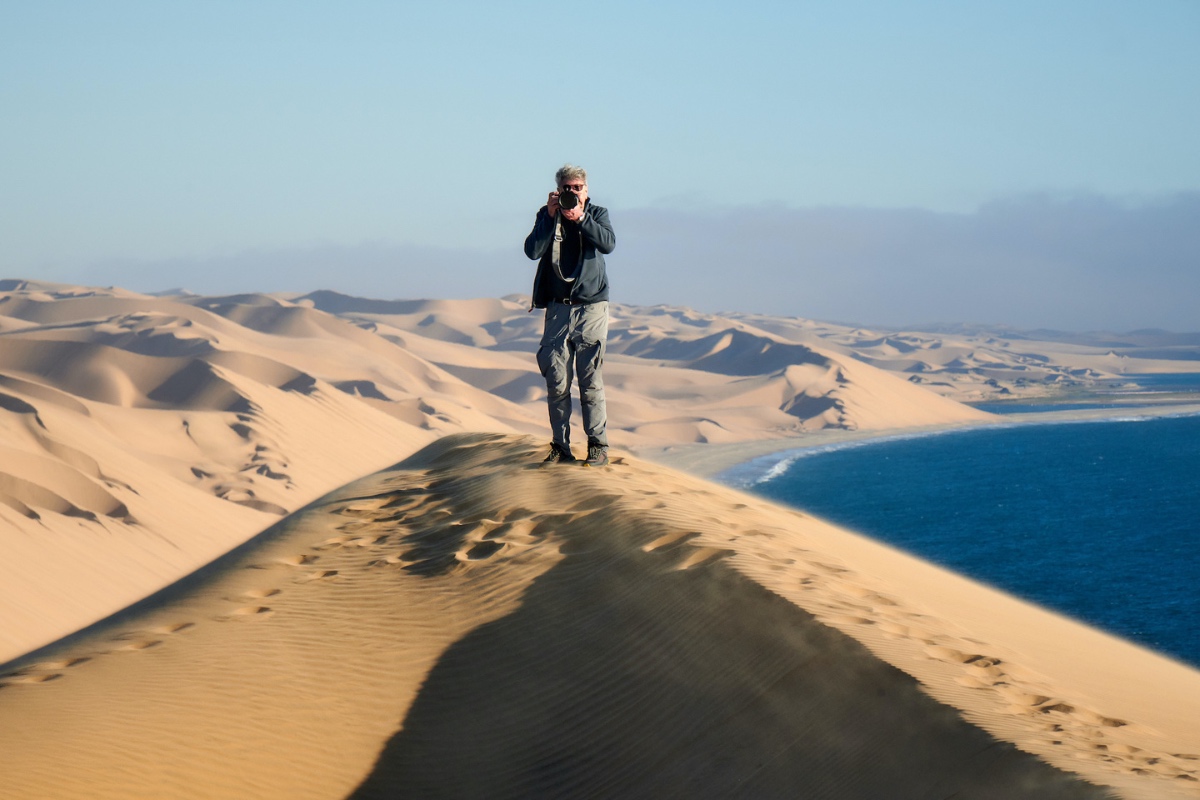For someone photographing in the rainforest for the first time, what’s one mistake to avoid—and one piece of advice you always give?
“Don’t sacrifice sharpness for low ISO. Under the canopies it gets pretty dark, and too often photographers will lower shutter speed to keep ISO low. With the advances in post processing software and in-camera options, high ISO is not as big of an issue as it used to be. So use appropriate shutter speeds for small non static birds, no less than 1/1,200 and ideally above 1/2500. Also, use the tripod more than you think you need to. Birds are likely to return to the perch in many situations, so be patient. That will help with lower shutter speeds.”
→ For more tips on navigating Costa Rica’s challenging light conditions, including camera settings, composition techniques, and recommended gear, take a look at Rainforest Light: How to Master Low-Light Photography in Costa Rica
Let’s talk gear. What do you recommend photographers bring to Costa Rica—and what can they leave behind?
“I always take two cameras. Not just for backup, but I use one with a long lens and the other with a macro or wide-angle lens. Most of what you’ll see are birds, so a long lens is a must. A minimum of 400 but ideally longer. And add a TC (teleconverter) if you can. For mammals, a 70-200 2.8 is great, and for frogs and other small critters, a 24-70 or macro lens. The 24-70 is also great for landscapes or you can use a wide angle for that. I like my Nikon 24-120 f4, which has a short minimum focal distance, so it’s great for macro, landscapes and small critters.
I bring a tripod or a monopod, even though I love to handhold. There are just too many times where you’re just waiting for the perfect shot or tracking the subject. Make sure the gear is weatherproof or that you have rain cover for them. A few backup batteries and memory cards. A flashlight or flash, and cloth to wipe down the lens when you first walk outside. A laptop or device to review images and backup external portable drives.
It’s hard to say what to leave behind with such diverse opportunities. But if weight is an issue, or you only have a couple of lenses, I’d bring the following in priority order: one camera, long lens, landscape or macro lens (depending on your priority), tripod. As weight/space allows: 70-200, monopod, wide angle.”


